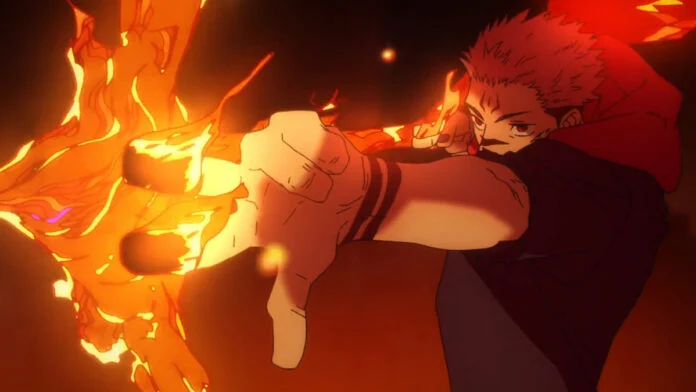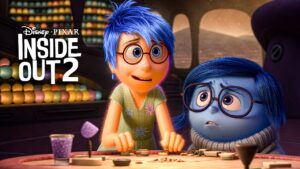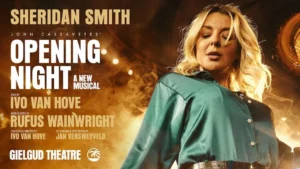The sixteenth episode of Jujutsu Kaisen Season 2 could have been the best-directed episode of the whole run of the show thus far. Not just the series, but every anime that has aired this year has been considered. Attack on Titan and Frieren: Beyond Journey’s End are two games we’ve previously discussed this season that make an argument with that point, and there are many others that could be brought up. For the time being, though, let’s set aside the parallels and enjoy the gift that was presented to us on Thursday: Jujutsu Kaisen’s original 23-minute animated film.
First Reactions
I don’t believe I’ve been this impressed by an anime episode since 86 Eighty-Six’s episode 22 aired. I was sitting here at my computer screen trying to figure out how to correctly express everything without becoming too enthusiastic and losing myself in that enthusiasm, trying to scrabble for the perfect words because of this sort of direction and storyboard, in particular.
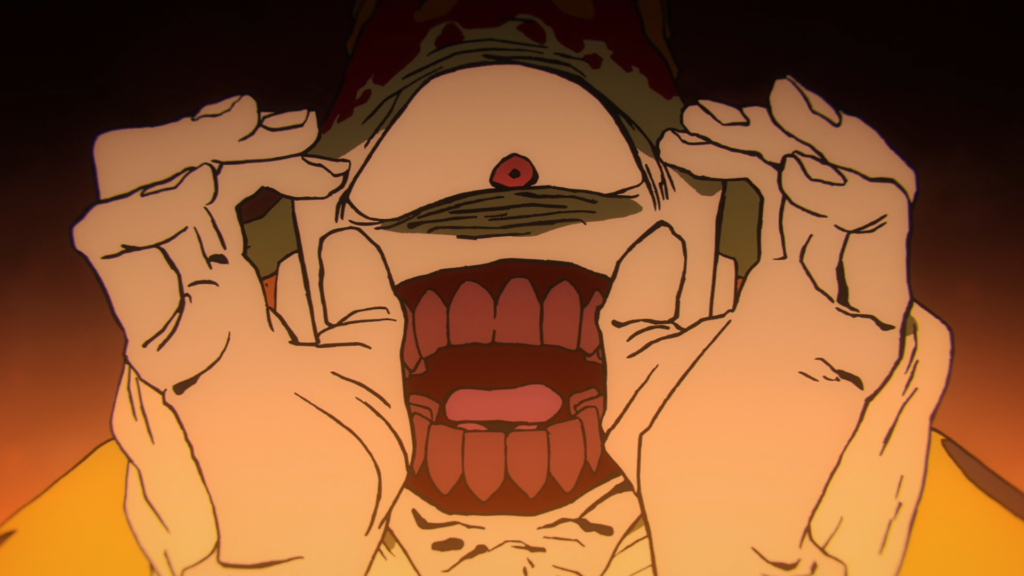
I don’t want to just sit here and declare that Jujutsu Kaisen is the best there is, but episode 3 of this season is where I also stated something similar, and look where we are now. Having said that, Itsuki Tsuchigami’s storyboard and this episode had a huge influence. Though he’s no novice when it comes to directing episodes, this one demonstrates the kind of work that many imaginative animators can do when given the opportunity.
So where should we start? There is no reason to overlook the spectacle that transpired between Megumi and Toji’s bout, even though it was brief and justly eclipsed by Sukuna and Gojo. Tsuchigami demonstrates that going above and beyond for an adaptation with the right timing yields remarkably great outcomes by using real-world photos to create the storyboard for the episode and allocating a fortunate amount of time to help animate the episodes.
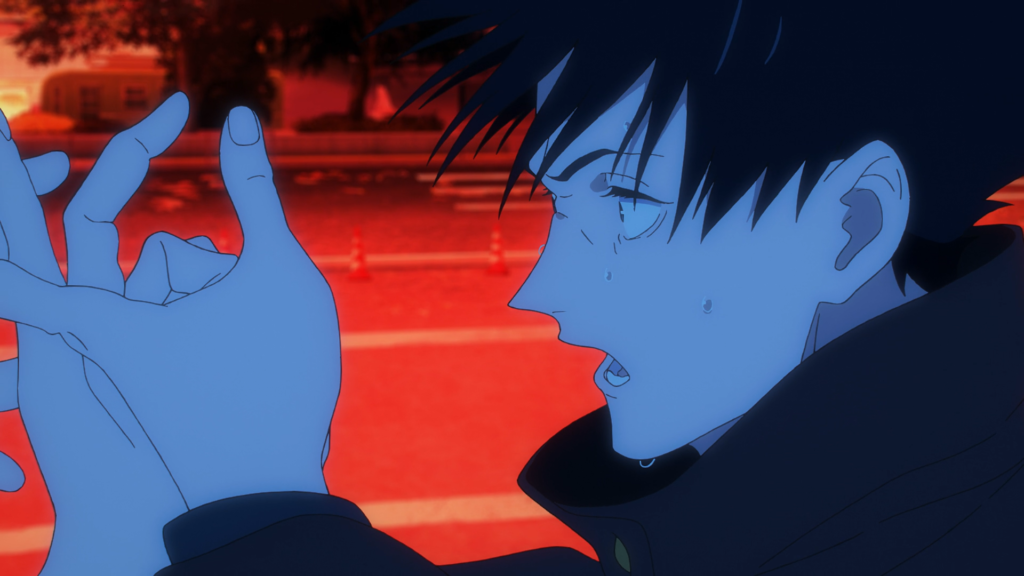
The Production
There’s so much I want to explore in this review that I’m prepared to go all in. Megumi’s battle with Toji was first and foremost a show in and of itself. I nearly forgot that this was an adaptation of a manga because of how amazing the combat choreography and animation were. It had a certain charm and atmosphere.
Just comparing the colors of their battle with the one involving Sukuna and Jogo will show you how unlike one another they are in almost every way. Words give birth to a tale told in color. We could diverge from each fight’s severity based just on color. Having a showy battle would be somewhat strange when you have someone like Toji who is all about his physical warfare, unless the scene screams for it, like it did in Dagon’s Kingdom last episode. Because of this, I found myself concentrating more on their collisions than the disintegrating surroundings during the fight, save for the rare views outside, because the whole scene was always gray or blue.
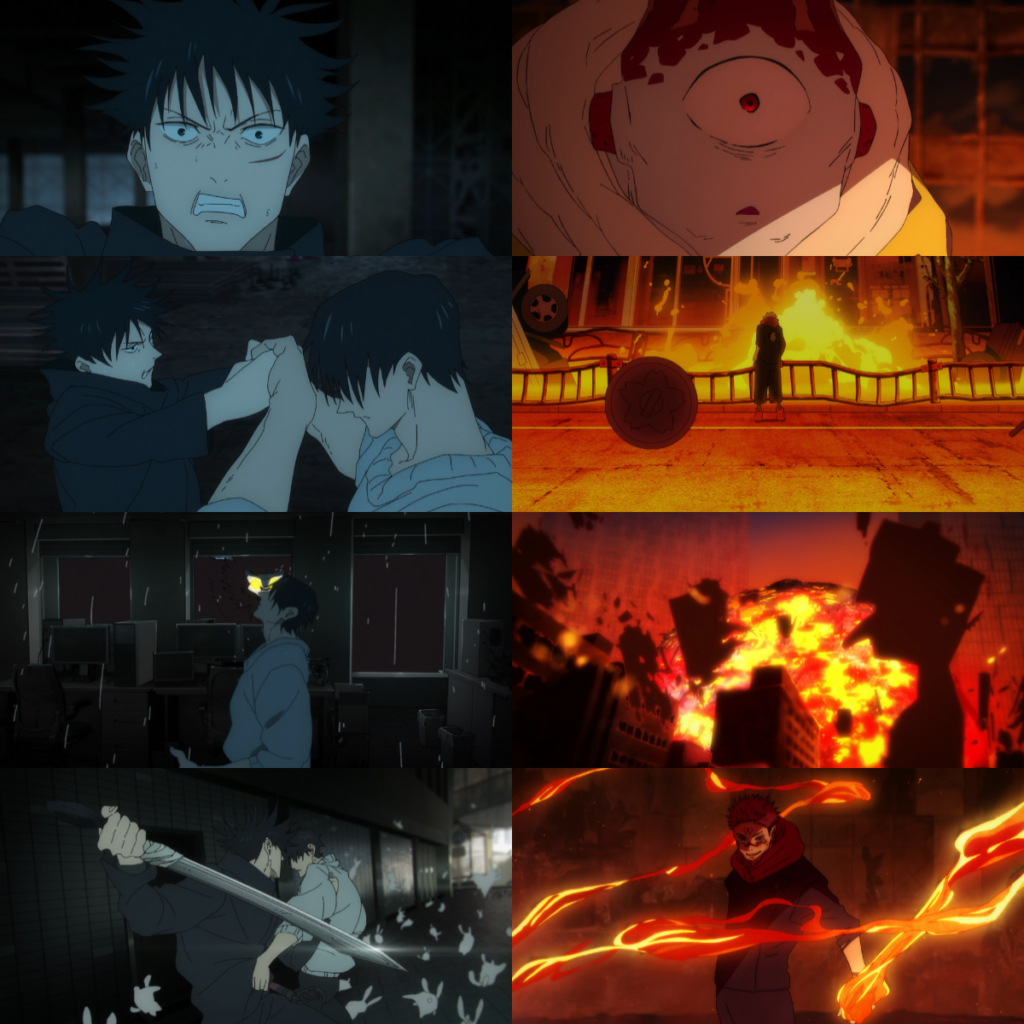
It was amazing how often Megumi was in close-ups and how well she would convey her emotions each time he narrowly avoided death, and I believe it had a big impact on the episode. Megumi is the world’s most silent person—until a battle becomes extremely nasty, as we witnessed in Season 1. In this one, the only thing to focus on was fighting to survive every second the fight went on, rather than even enjoying a furious encounter.
It’s scriptwriting at its best when it ends with Toji briefly returning to reality before murdering “himself.” It ends a dispute between a father and son when neither, especially Megumi, can understand what the heck is going on. Once more, it didn’t feel episodic; rather, it was like a scene from a movie. Despite the flashbacks, the way he said farewell to his son was really Toji-like, complete with a grin.
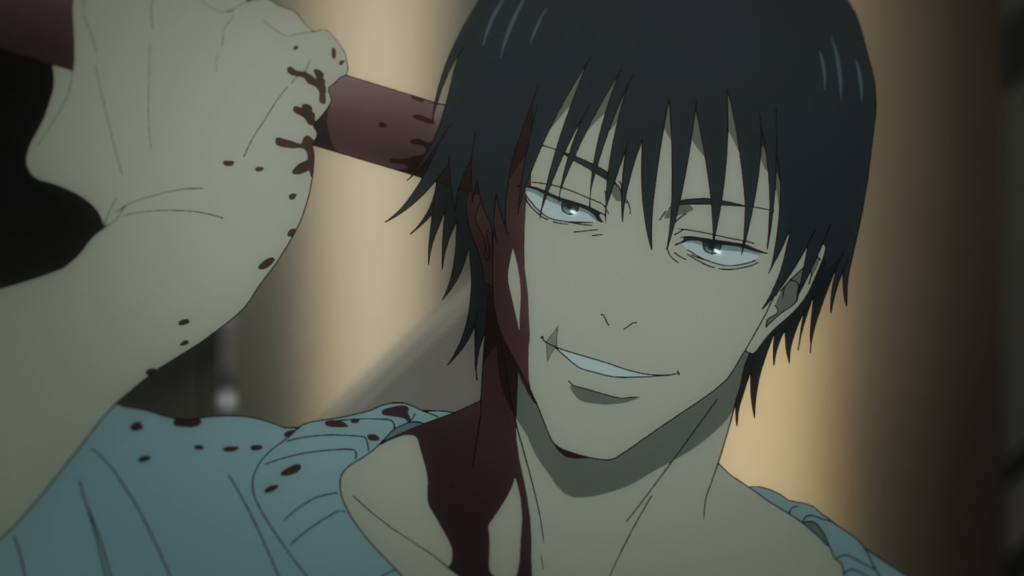
Conversely, the struggle between Sukuna and Jogo is what made this episode, in my opinion, a cinematic piece. There was a significant difference between their battle and the fight between Megumi and Toji. Apart from the fact that they were both really amazing to see, everything about them was radically different, from meaning to sound design to colors to animation to artwork.
I believe I went back in time to when Sukuna pulled back the arrow, which is when the aspect ratio (letterboxing) entered the picture. The glass fragment is transforming into a little fireball, the fire is blazing, and the wind is blowing. The moment before Jogo passes away, a sweeping aerial shot above Jogo shows Sukuna standing atop a massive asteroid in the midst of Shibuya. It was the ideal counterpoint to all of the devastation that they had previously wreaked to move into these exquisitely detailed backdrops and this serene white space.
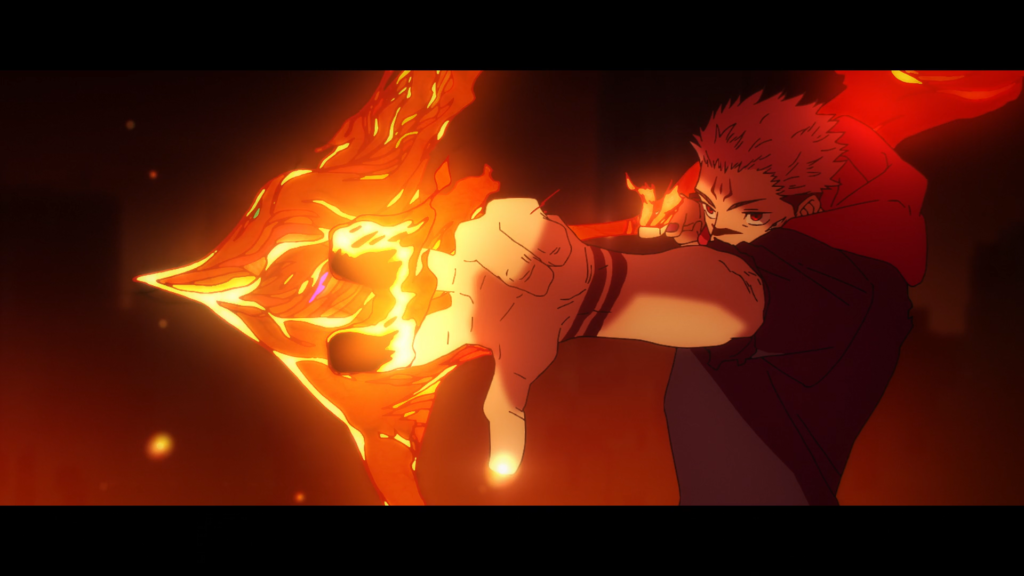
It was astonishing to see how peacefully Sukuna and Jogo’s violent altercation ended. The letter-boxing. Wonderful composition. A greater focus is achieved on the subjects in front due to the high depth of field and the dark background of the buildings. My mouth dropped at one massive scene, and that was all that happened.
And that’s not even talking about what happened during the battle. The idea that Sukuna is truly evil personified was reinforced by a few images of his visage resembling an awful skeleton. In addition to being bored, he murders and destroys for pleasure. He had to be able to seem even scarier, and this episode succeeded in at least somewhat doing that. Others were similar to the one below, when Sukuna appeared to be a deity himself as he floated in a cross-shaped formation. Seem acquainted? This is something you may remember Gojo performing just before he concluded his battle with Toji earlier in the season. Thus, it’s safe to conclude that Director Tsuchigami was well-versed in his duties.


